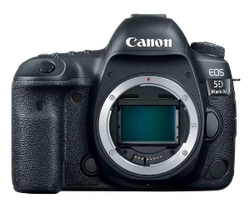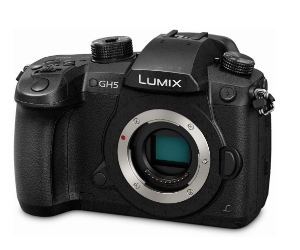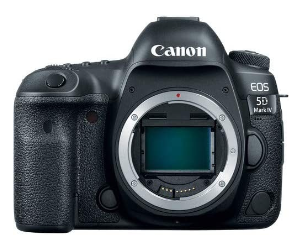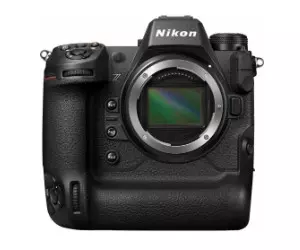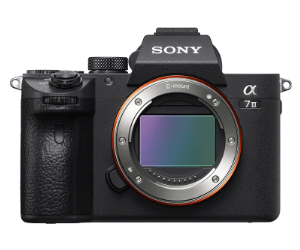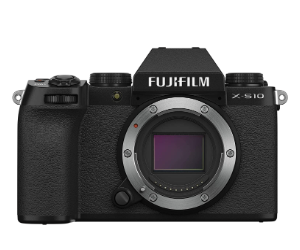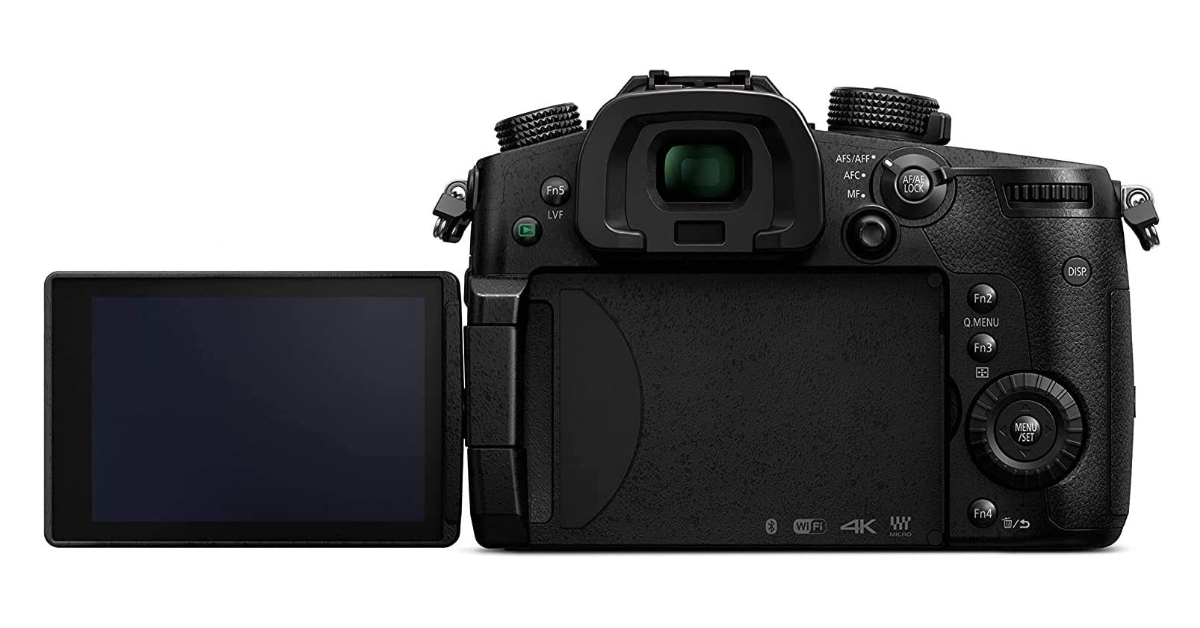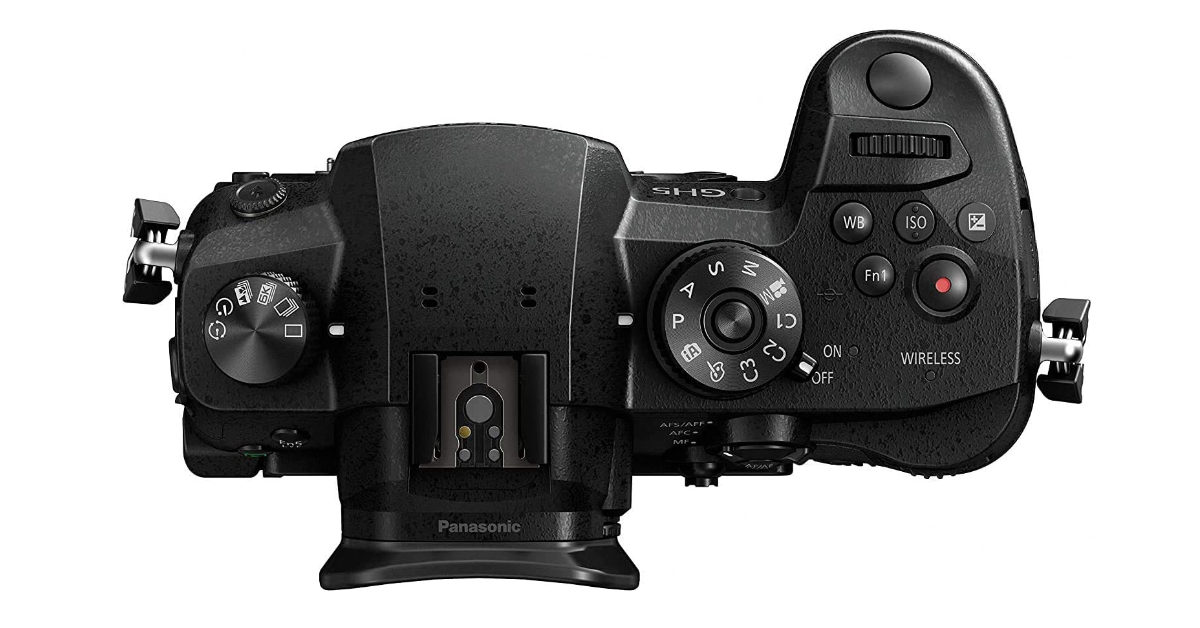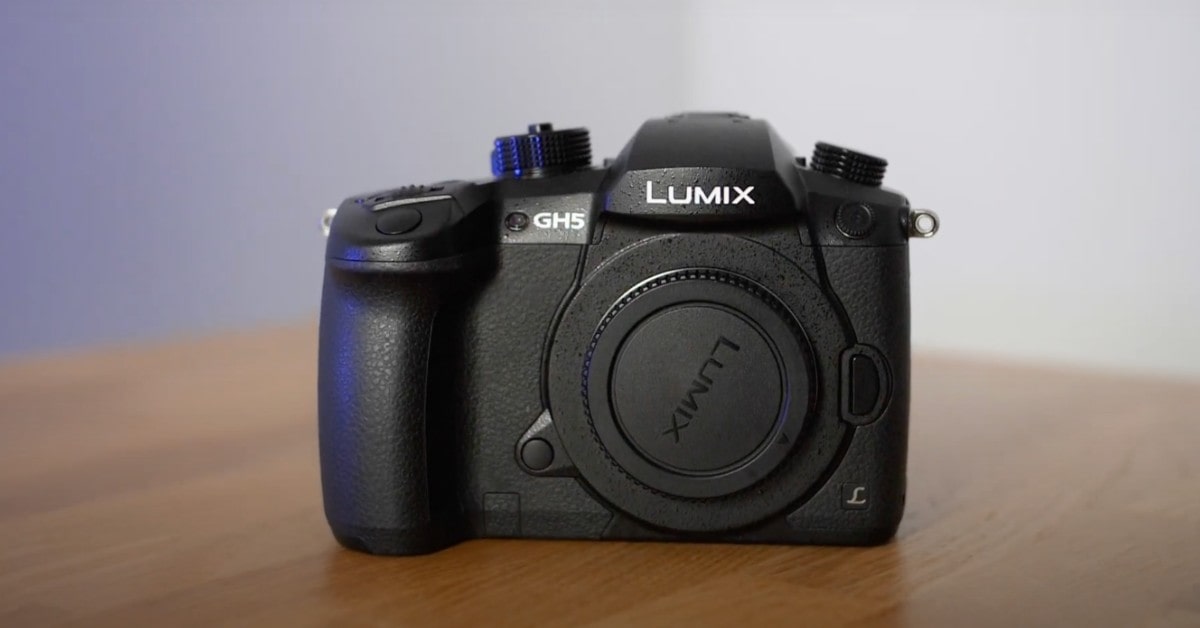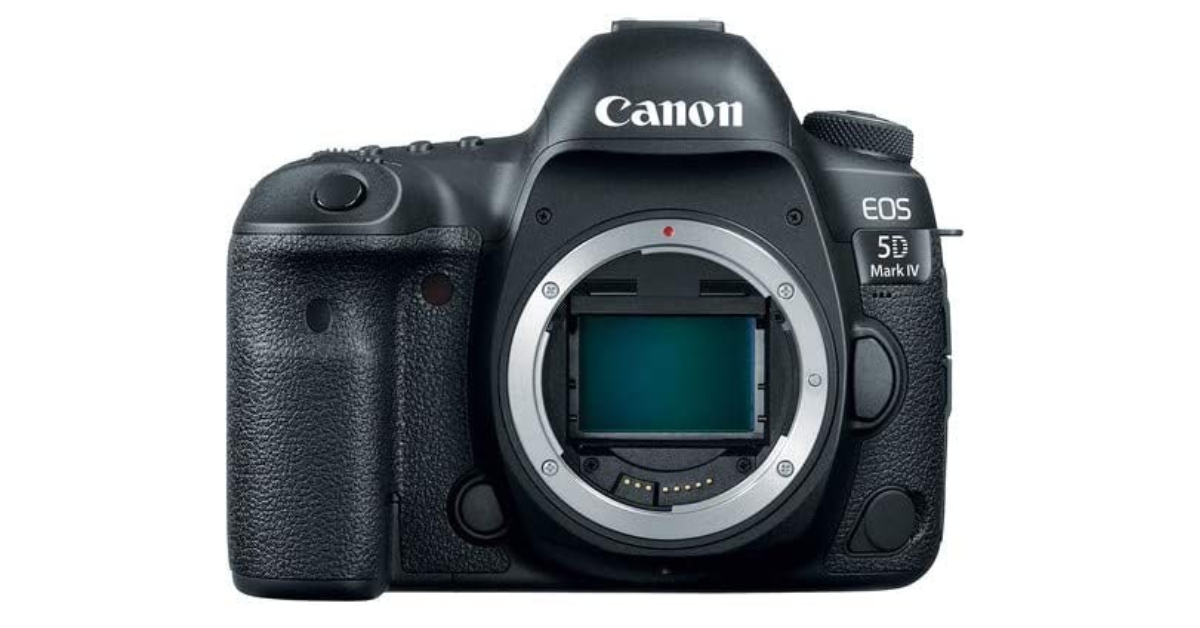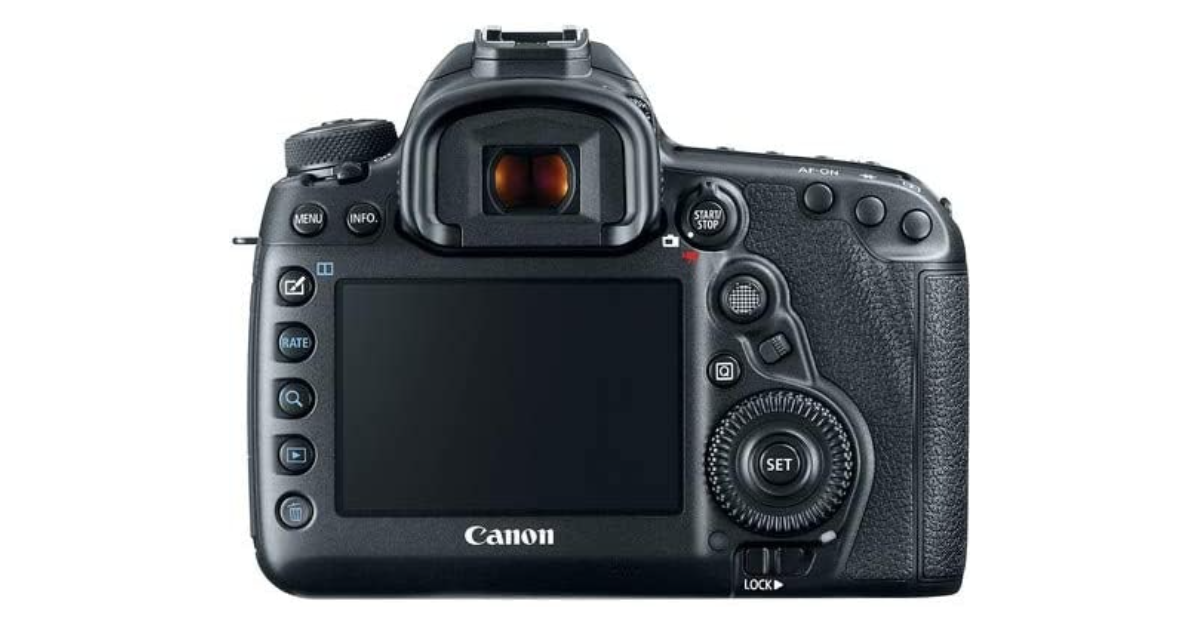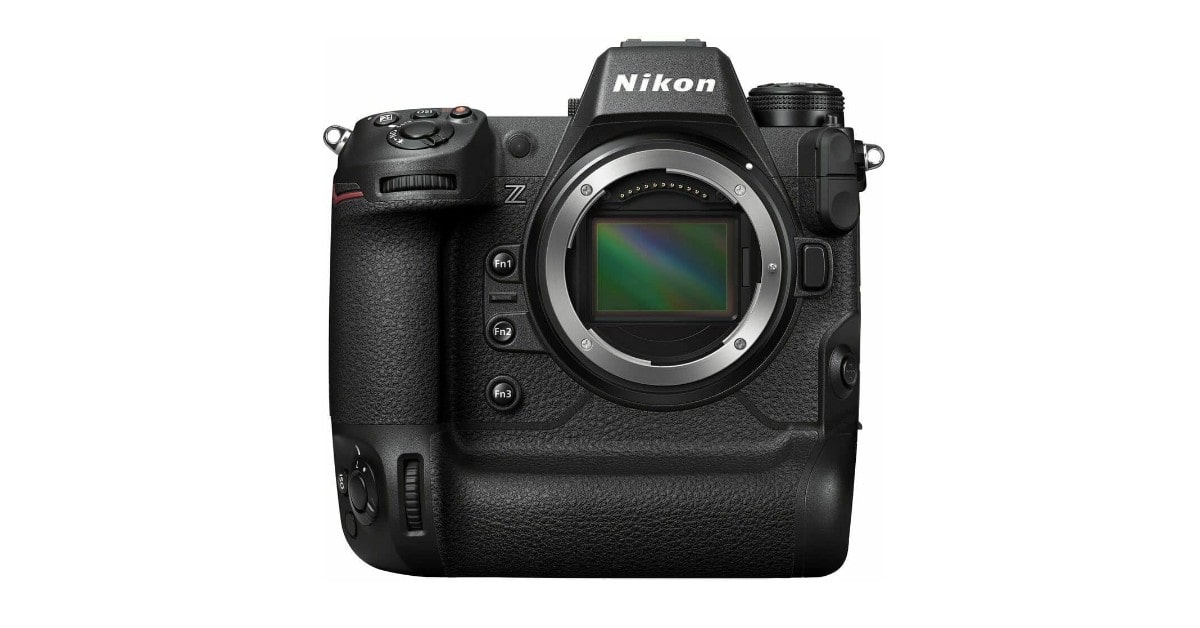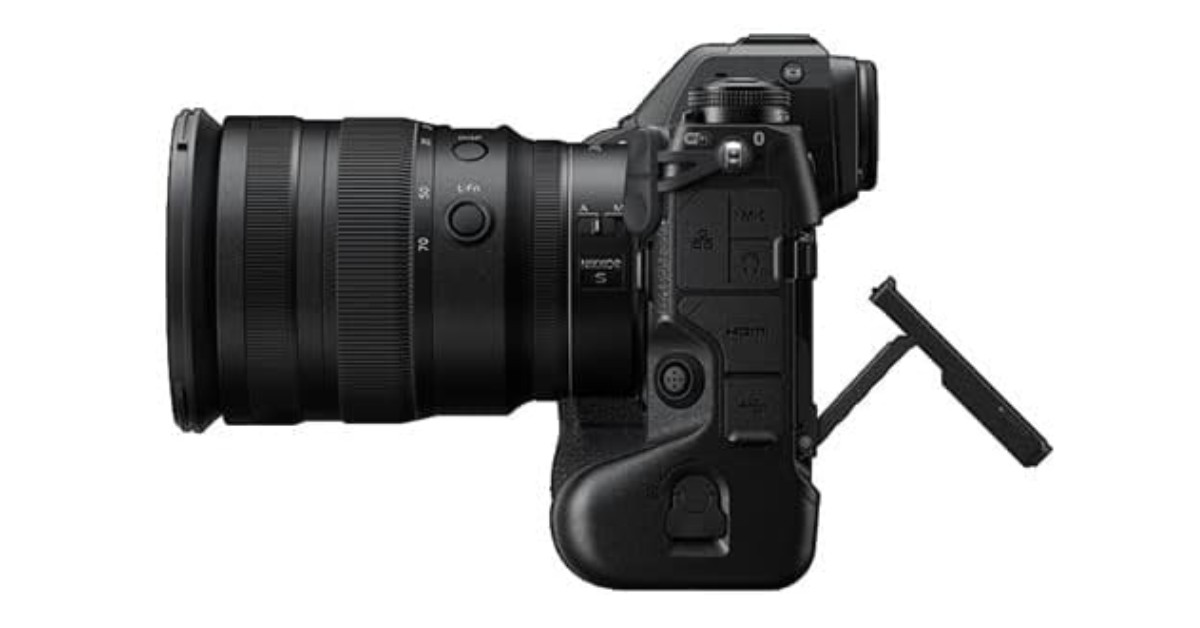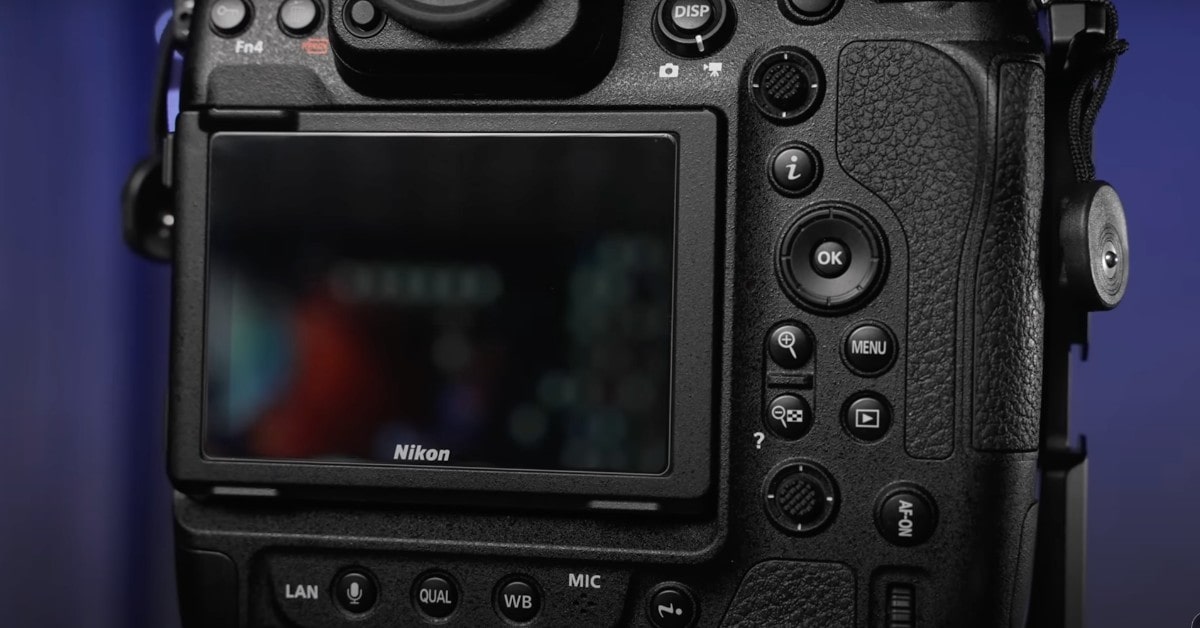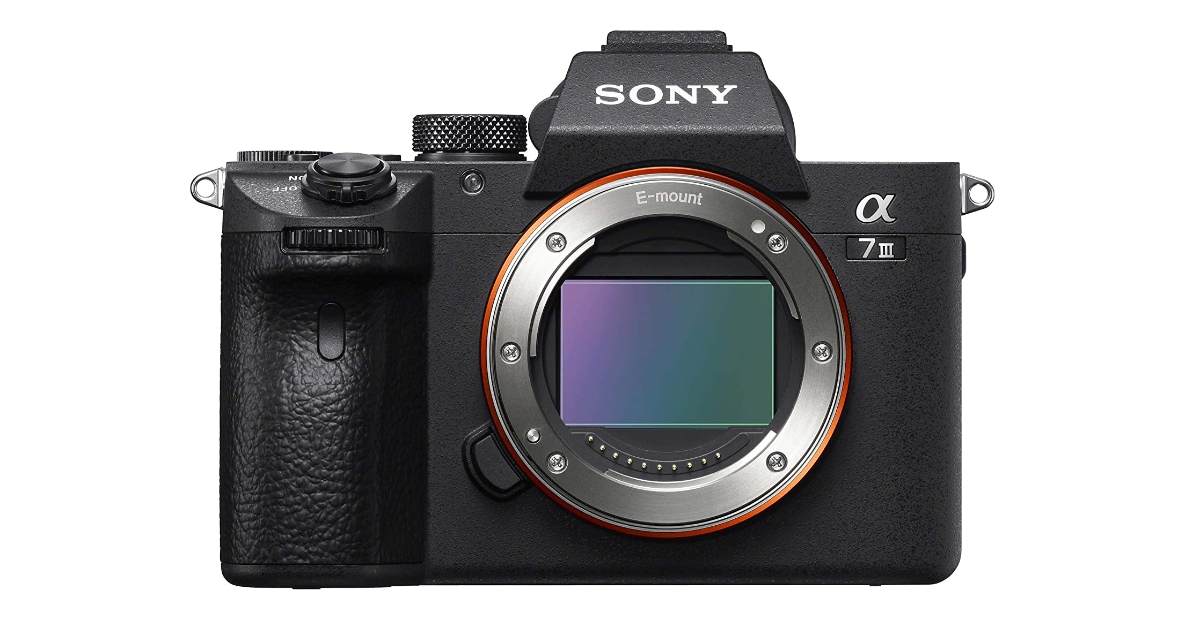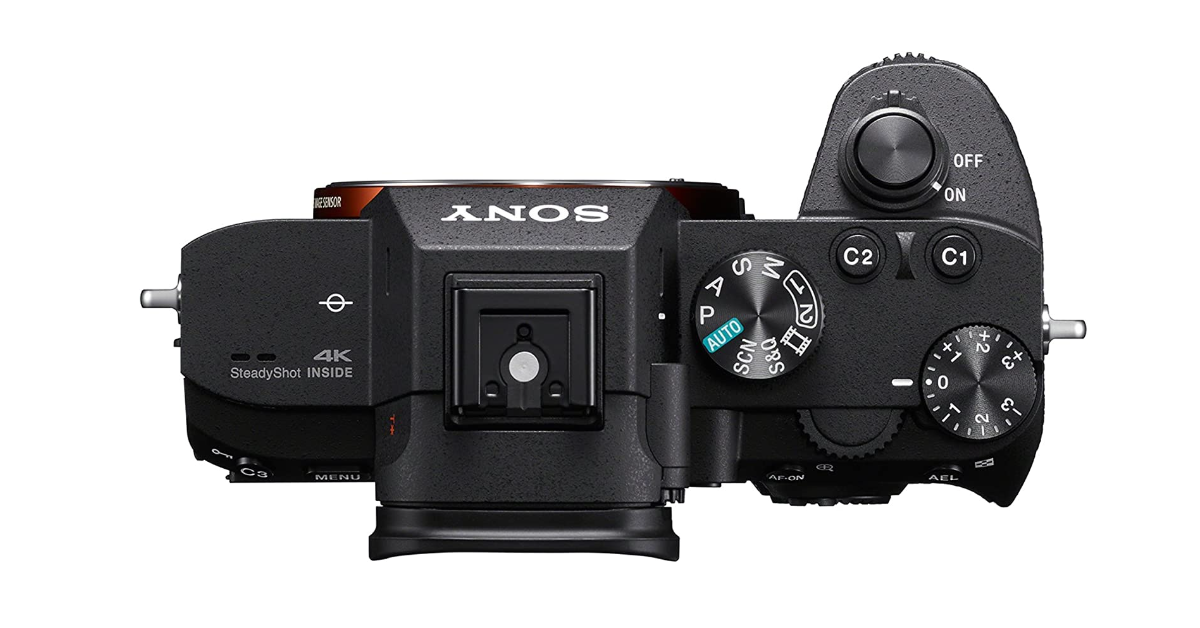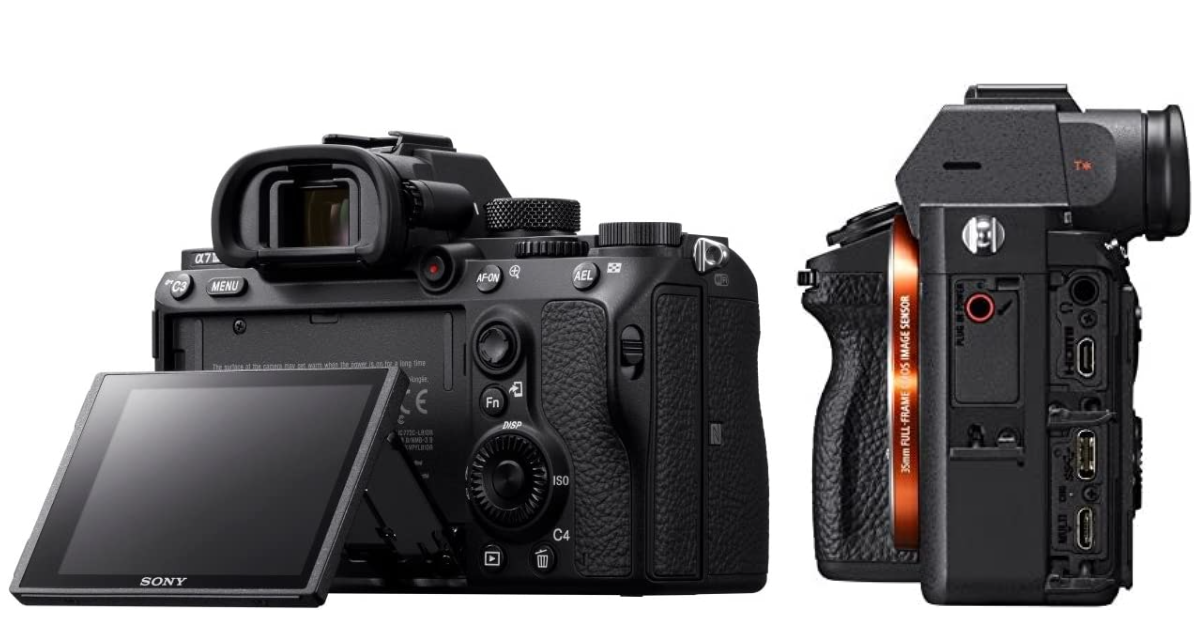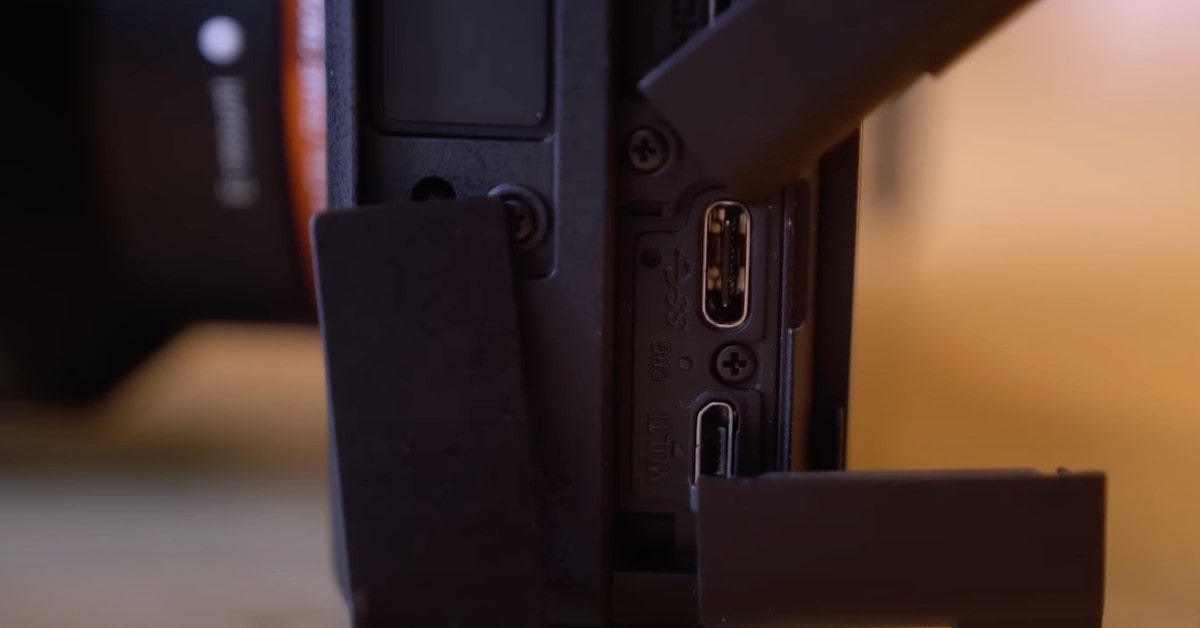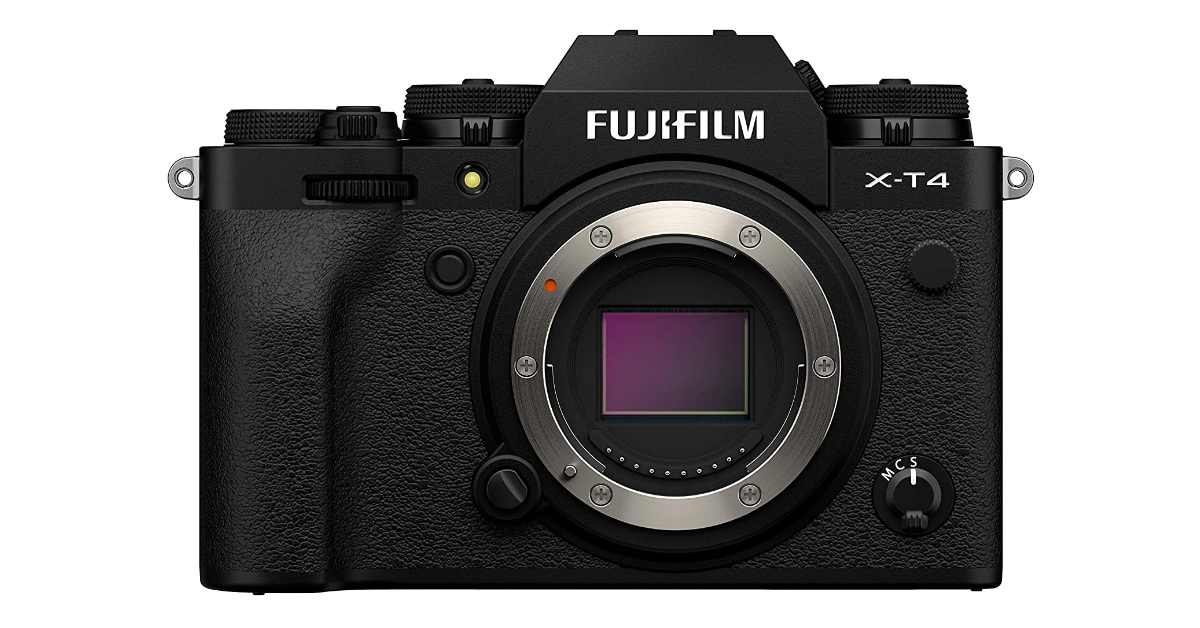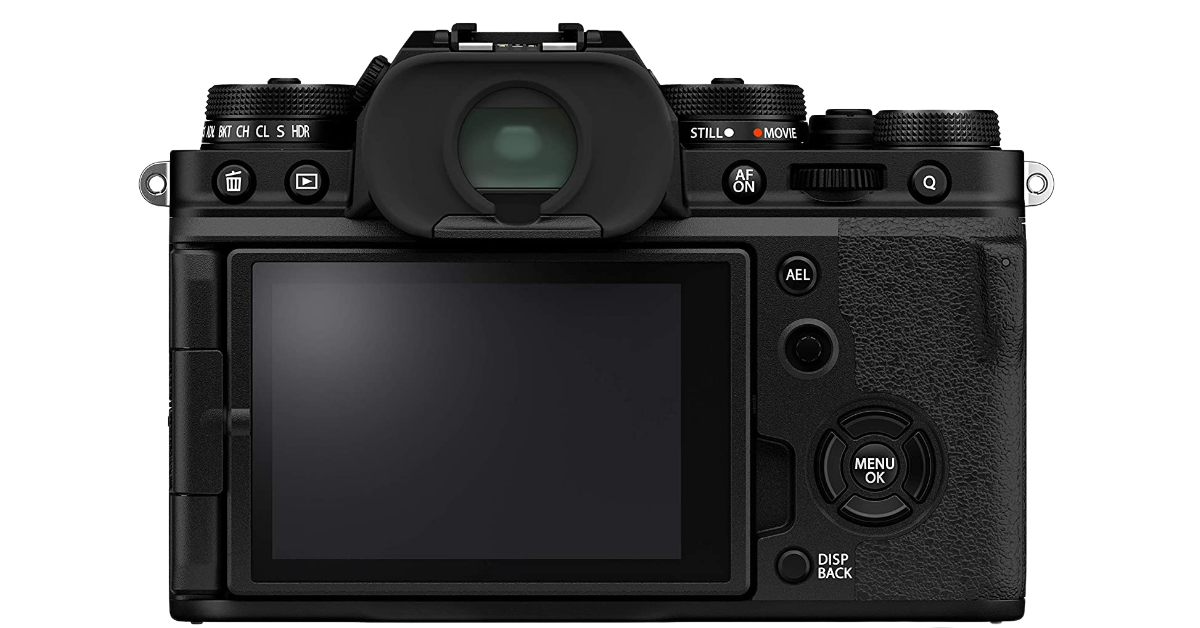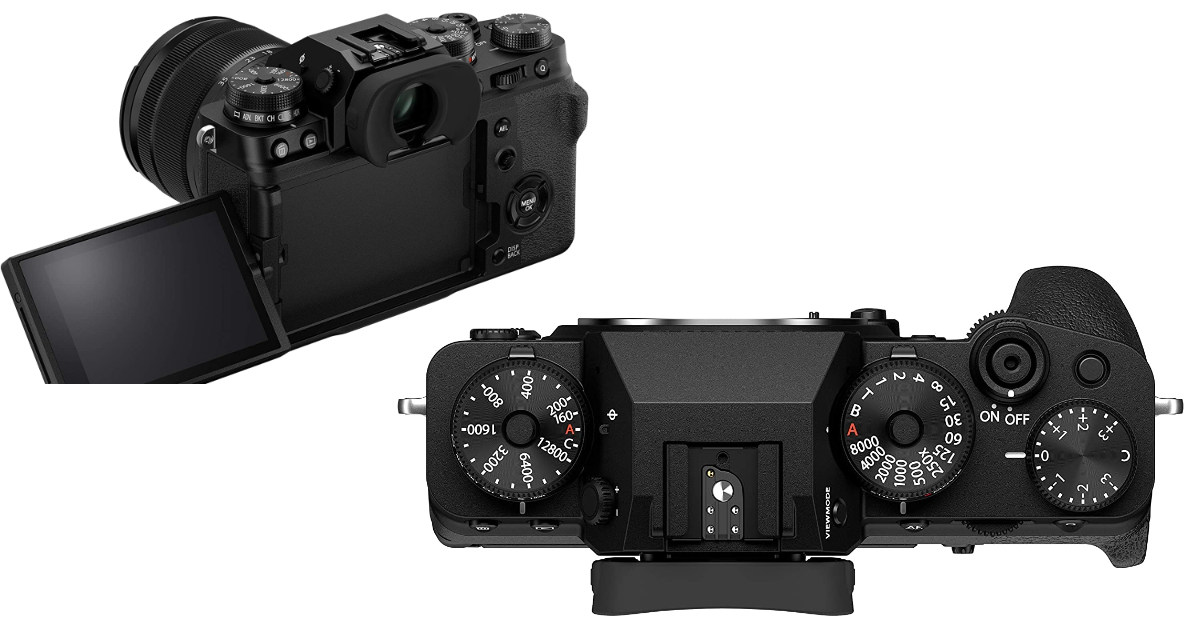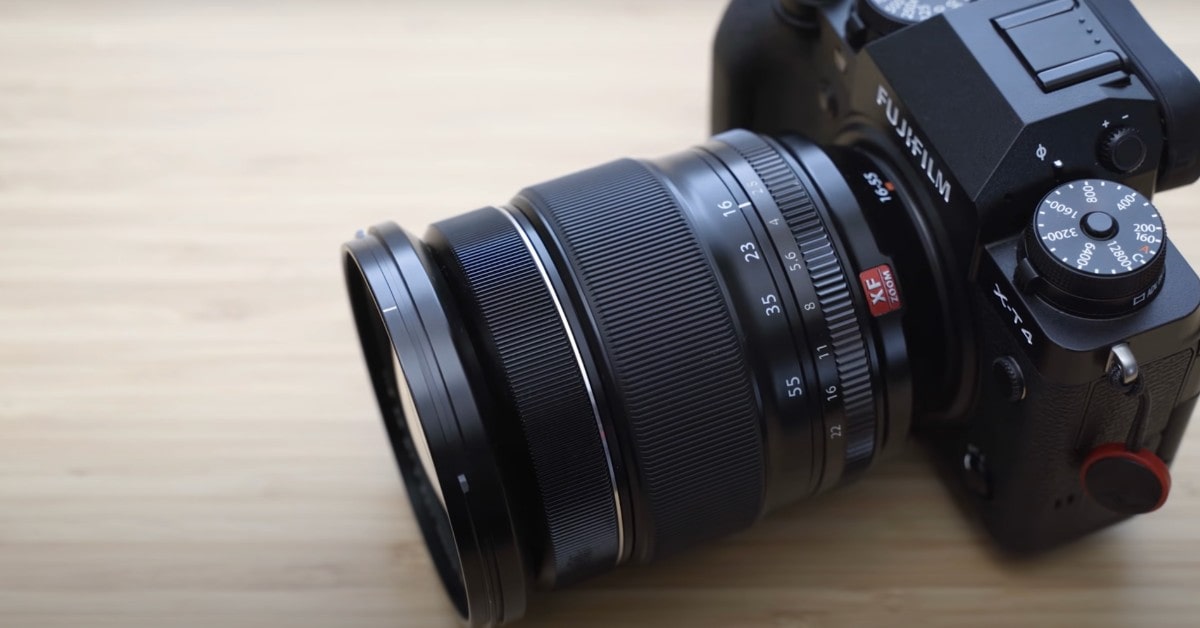Best Camera for Photojournalism
In the fast-paced world of photojournalism, the camera is not just a tool, it is the photojournalist's primary weapon in the battle to tell compelling visual stories. The urgency to capture moments that are fleeting and often unpredictable demands a camera that can perform under pressure, adapt to varying conditions, and deliver high-quality results that communicate the essence of the event.
Selecting the best camera for photojournalism in 2025 involves navigating a landscape filled with myriad options, each promising to be the ultimate ally in the quest for journalistic excellence. From capturing the raw emotion of a protest to the detailed expressions in a crowded street market, the right camera can make the difference between a good image and a great one that captures the headline.
If you're pressed for time, here's my top picks of the best camera for photojournalism:
We may earn a small commission if you buy via our links - it helps keep gagadget.com running.
Table of contents:
- Best Camera for Photojournalism - Buyer’s Guide
- Best Cameras for Photojournalism: TOP 5
- Best Camera for Journalists: Comparison
- Panasonic LUMIX GH5 Camera
- Canon EOS 5D Mark IV Camera
- Nikon Z 9 Camera
- Sony A7 III Camera
- Fujifilm X-T4 Mirrorless Camera
- FAQ about Best Photojournalism Camera
- Best Camera for Photojournalism: Conclusion
Best Camera for Photojournalism - Buyer’s Guide
Drawing from my experience choosing the best camera for photojournalism demands more than a casual approach to buying a camera. It’s about investing in your storytelling capability, your personal brand as a journalist. But with a plethora of options on the market, what are the key considerations?
Firstly, consider the camera's speed
Photojournalists often operate in fast-paced environments where events unfold quickly. A camera with a fast autofocus system and high continuous shooting rate will capture these decisive moments. The 'best camera for news reporter' is one that doesn't miss a beat. For example, Nikon Z 9 blazing speed with 30 fps continuous shooting.
Secondly, consider image quality
Cameras with larger sensors typically offer better image quality, especially in low light conditions. Full-frame DSLRs and mirrorless cameras excel in this regard, making them some of the best cameras for photojournalism.
Thirdly, video capability cannot be ignored
As a journalist, sometimes the story is better told through moving images. The best video cameras for journalists offer high-resolution video recording, good audio quality, and features like image stabilization and autofocus during video recording.
Durability is another crucial factor
Photojournalism often involves working in challenging conditions. The best camera for journalists is one that is robust, weather-sealed, and reliable.
Lastly, consider the size and weight
Traveling light can be advantageous in photojournalism. Many mirrorless cameras offer professional features in a more compact form than traditional DSLRs, making them great contenders for the best camera for photojournalism.
Do not forget about lens availability and system flexibility, battery life, and the presence of user-friendly controls and intuitive interfaces. These factors often make the difference between missing and capturing that pivotal shot.

Best Cameras for Photojournalism - TOP 5
As photojournalists, you need cameras that won't let you down. Here are the top five contenders that pack a punch in reliability, quality, and performance.
- Capture 4K video, 6K stills, Dual image stabilization
- Splash or Freeze Proof Design
- Effective Still Resolution: 20.3 MP
- Video Capture Resolution: 4K UHD 2160p
- Dual-pixel CMOS autofocus, Wi-Fi
- 30.4-megapixel full-frame CMOS sensor
- Stunning image quality with 45.7 megapixel resolution
- Blazing speed with 30 fps continuous shooting
- 8K/30p, 4K/120p video capability, Wi-Fi
- Stunning image quality with 24.2 megapixel resolution, 4K UHD 2160p video capability
- Extended ISO range up to 51200
- Continuous shooting speed with 10fps
- Highly accurate autofocus system, High speed burst shooting of 15fps
- 5 axis In-Body Image Stabilization (IBIS), 1.62 million pixel vari-angle touchscreen LCD
- 4K/60p video capability
Best Camera Journalists: Comparison
Each of these cameras has its strengths. Let's delve deeper and see which one aligns best with your needs.
| Camera Model | Resolution | Video Resolution | Autofocus |
|---|---|---|---|
| Panasonic LUMIX GH5 | 20.3 MP | 4K/60p | Contrast-Detect AF, 225 points |
| Canon EOS 5D Mark IV | 30.4 MP | 4K/30p | Phase-Detect AF, 61 points |
| Nikon Z 9 | 45.7 MP | 8K/30p, 4K/120p | Deep learning AI, Multi-subject tracking |
| Sony A7 III | 24.2 MP | 4K/30p | Hybrid AF, 693 points |
| Fujifilm X-T4 | 26.1 MP | 4K/60p | Hybrid AF, 425 points |
Panasonic LUMIX GH5 Camera for Photojournalism Review
Editor's Choice
Panasonic LUMIX GH5 is an ideal tool for professional photojournalists. It features a 20.3-megapixel sensor with a resolution of 20.3 MP and no low-pass filter, allowing you to create crisp images with a wide dynamic range and no artifacts. The rugged magnesium alloy body is protected from freezing to 10 degrees, as well as from splashes and dust, and every connection, dial and button is weatherproof.
For steady shooting, the GH5 features 5-axis Dual Image Stabilization, which corrects lens shake during both still and 4K video recording. It can also record silky-smooth 4K 60P/50P video (QFHD 4K: 3840 x 2160; MOV or MP4). In addition, it offers exclusive 6K stills and 4K post-focus capabilities, recording photos at up to 60 frames per second.
Finally, the GH5 is equipped with convenient connectivity and ports for external devices and has two UHS II U3 compliant SD memory card slots. My product tests have shown that with all these features, the Panasonic LUMIX GH5 is the perfect choice for any professional photojournalist looking to capture stunning images.
Pros:
- 20.3 Megapixel micro four thirds sensor with no low pass filter for sharp images and high dynamic range performance
- 5 axis dual image stabilization to correct lens shake
- 4K video capture, 6K photo recording, and 4K post focus feature
- Freeze proof, dust-proof construction withstands heavy use in the field
- Convenient ports for external devices, Two UHS II U3 compatible SD card slots
Cons:
- Autofocus performance can be slow in low light conditions and at long distances
Summary: As indicated by my tests, Panasonic Lumix GH5 delivers 4K video quality with great stabilization and a variety of professional-grade video features. It's the best camcorder for journalists who frequently work in video.
Canon EOS 5D Mark IV Camera for Journalists Review
Best Overall
Canon EOS 5D Mark IV is the perfect companion for photojournalism. Thanks to its 30.4 megapixel full-frame CMOS sensor, you can capture detailed images of aircraft in virtually any lighting condition, even in low light with an ISO range of 100-32000.
Additionally, 4K Motion JPEG video lets you capture stunning motion videos at 4096 x 2160 DCI cinematic quality. Dual Pixel CMOS AF provides smooth, fast autofocusing on moving subjects without blur.
With burst speeds of up to 7.0 frames per second, you can quickly capture multiple shots and accurately capture the details of fast-moving aircraft. After experimenting with it, I learned that with Wi-Fi and the beta version of the EOS Utility Webcam software (Mac and Windows), you can even turn your Canon camera into a high-quality webcam to share your real-time observations online!
Pros:
- 30.4-megapixel full-frame CMOS sensor for versatile shooting
- 4K Motion JPEG video with a cinematic DCI 4096 x 2160 resolution
- Advanced dual-pixel CMOS autofocus for video and live view shooting
- Wi-Fi connection
Cons:
- Slower burst speed compared to competitors
Summary: My findings show that, the Canon EOS 5D Mark IV is popular with many professionals because of its excellent image quality and video capabilities. It also offers a wide range of compatible lenses and a balanced combination of speed, durability and performance.
Nikon Z 9 Professional Camera for Photojournalism Review
Premium Choice
The Nikon Z 9 is a powerhouse in the world of professional cameras, boasting a 45.7MP stacked CMOS sensor paired with the EXPEED 7 image processor. This combination ensures outstanding image quality and speed, making it capable of capturing fast-moving subjects with precision. The camera's advanced autofocus system is robust, supporting a variety of subjects including people, animals, and vehicles across multiple modes without needing to switch menu settings.
One of the standout features of the Z 9 is its ability to shoot 45.7MP stills at up to 30 fps, and an impressive 120 fps at 11MP, all while maintaining full autofocus and auto-exposure without viewfinder blackout. For videographers, the Z 9 offers up to 8K/30p video capture directly in-camera and can record continuously for over two hours. It also supports 4K at 120p for stunning slow-motion footage.
The camera introduces a new high-efficiency RAW file format which is one-third the size of traditional uncompressed RAW files, yet it preserves the same high image quality and dynamic range. This makes the Z 9 not only a highly capable camera for both stills and video but also efficient in handling large files, perfect for high-resolution workflows in demanding shooting scenarios. Whether for wildlife, sports, or any fast-paced environment, the Nikon Z 9 stands out as a top-tier tool for professional photographers and videographers.
Pros:
- Equipped with a 45.7MP stacked CMOS sensor paired with the EXPEED 7 image processor
- Shooting speeds up to 30 fps
- Advanced Autofocus System
- Supports 8K/30p video recording in-camera for over two hours and 4K 120p slow motion
- Efficient RAW Format
- Wi-Fi
Cons:
- Complexity for Beginners
- Size and Weight
Summary: Based on my observations, the Nikon Z 9 is a high-performance camera ideal for professionals, featuring a 45.7MP sensor and EXPEED 7 processor for fast, high-quality imaging. It supports up to 30 fps photography and 8K video recording, with advanced autofocus that uses deep learning for precise subject tracking. Additionally, it offers a new efficient RAW format and 4K 120p slow-motion capabilities, catering to the needs of intense shooting sessions and complex visual storytelling.
Sony A7 III Video Camera for Journalists Review
Best Budget
Sony A7 III features a state-of-the-art full-frame BSI image sensor with 24.2 megapixels, 1.8x readout speed and 15 stops of dynamic range. It supports 14-bit uncompressed RAW format, ISO from 50 to 204,800, and is compatible with Sony lenses with an E-mount mount.
Thanks to 693 phase detectors and 425 contrast AF points covering 93% of the image, you get incredibly fast autofocusing. It also provides excellent stabilization. This camera delivers silent shooting18 at up to 10 frames per second with AF/AE tracking2.
The camera records 4K video and features a new HLG (Hybrid Log-Gamma)4 image profile that supports instant HDR workflow. Battery life is up to 610 shots (viewfinder) or 710 shots (LCD monitor) for stills and up to 200 minutes (viewfinder) or 210 minutes (LCD monitor) for movies.
The ISO range has been extended to ISO 100-51200 (extendable to ISO 50-2048007 for still photography), allowing you to capture stunning detail even in low light conditions. My analysis of this product revealed that whether you're shooting interviews, documentaries, or any other type of video content, the Sony A7 III is a great choice.
Pros:
- Advanced 24.2MP BSI full frame image sensor with 1.8X readout speed and 15 stop dynamic range
- 693 phase detection and 425 contrast AF points with 93 percent image coverage for incredibly fast autofocus
- Extended ISO range up to 51200
- 4K UHD 2160p video capability
- Long battery life
Cons:
- Some users might find the menu system to be a bit complicated and intimidating.
Summary: Sony A7 III, my best budget pick, provides incredible value. This full-frame mirrorless camera delivers excellent image quality, reliable autofocus, and high-quality video capabilities in a compact package. It proves that you don't have to break the bank for a top-tier photojournalism camera.
Fujifilm X-T4 Mirrorless Camera for Journalists Review
High Speed Burst Shooting
Fujifilm X-T4 is the perfect camera for photojournalists who need a rugged, reliable tool to keep up with fast-paced action. With an incredibly accurate autofocus system, high-speed burst shooting at 15 frames per second and 5-axis Image Stabilization (IBIS), the X-T4 is the perfect camera for capturing the big moments.
IBIS ensures steady shots even on the move, and the mechanical shutter can withstand up to 300,000 shutter clicks. The 1.62 million-pixel variable-angle touchscreen LCD and 3.69 million-pixel/100fps electronic viewfinder make it easy to find the best angle for your shot. The X-T4 also features a movie mode that lets you shoot professional DCI 4K/60p and Full HD/240p video with ultra-slow motion, as well as F-Log video with 10-bit color directly to a memory card.
You can also easily enhance the look of your images with Fujifilm's popular film simulation modes, including the new Eterna Bleach Bypass mode. My findings show that with its impressive combination of features and rugged design, the X-T4 is ideal for capturing every moment with precision and expressiveness.
Pros:
- Highly accurate autofocus system, High speed burst shooting of 15fps
- 5 axis In-Body Image Stabilization (IBIS), 1.62 million pixel vari-angle touchscreen LCD
- Movie Mode to record professional-level DCI 4K/60p and Full HD/240p super slow motion video
- Fujifilm’s selection of iconic Film Simulations including the new Eterna Bleach Bypass
Cons:
- No headphone jack
Summary: The Fujifilm X-T4 offers a unique blend of image quality, robust build, and advanced video capabilities. The camera also stands out with its unique film simulation modes, lending a distinct aesthetic to your images.
FAQ about Best Photojournalism Camera
Got questions about photojournalism cameras? I've got answers. Let's clarify some common queries.
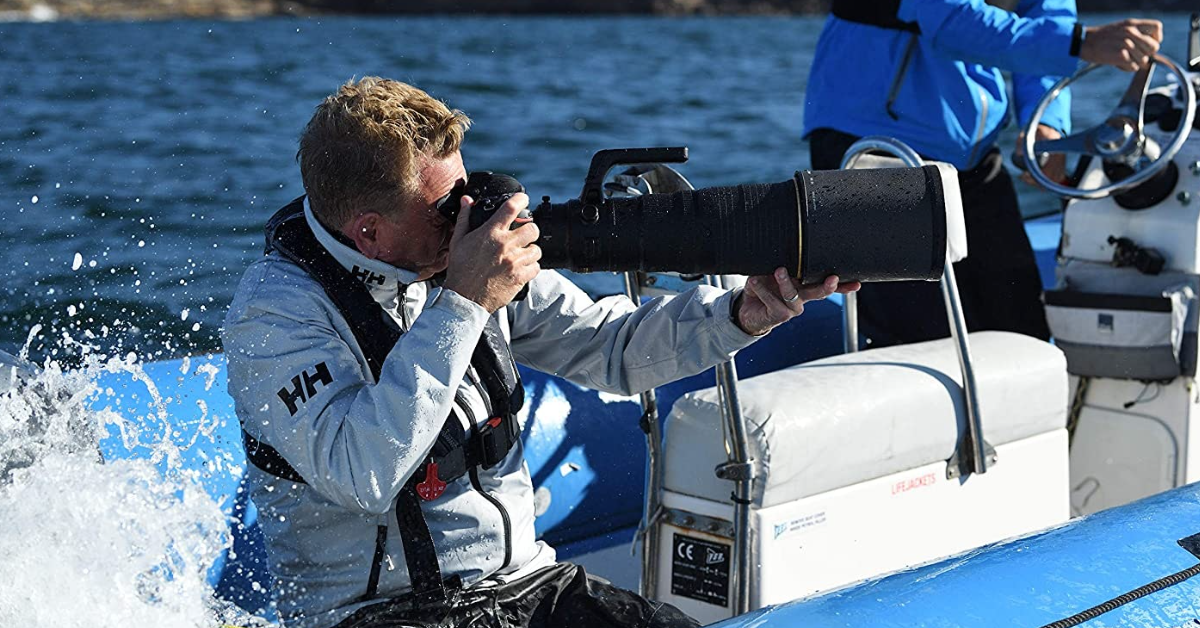
Is mirrorless or DSLR better for photojournalism?
Both have their advantages. Mirrorless cameras are compact and lightweight, making them ideal for travel. DSLRs, on the other hand, tend to have better battery life and are perceived to be more robust.
Why is fast autofocus important in photojournalism?
Photojournalism often involves rapidly unfolding events. A fast autofocus system ensures that you can capture these moments sharply and swiftly.
What is the importance of a camera's ISO range in photojournalism?
A wide ISO range allows for more flexibility in various lighting conditions, which is crucial for photojournalists who often work in unpredictable and challenging lighting environments.
Best Camera for Photojournalism: Conclusion
Choosing the best camera for photojournalism involves balancing several key factors such as image quality, speed, durability, and connectivity. For photojournalists, capturing sharp, detailed images quickly in various conditions is crucial. Cameras like the Nikon Z 9 stand out with their high resolution of 45.7 MP and advanced video capabilities, including 8K recording, making it an excellent choice for those who also need high-quality video content.
Meanwhile, the Canon EOS 5D Mark IV remains a favored choice for its robust build, excellent image quality, and reliable autofocus, suitable for a variety of lighting conditions. The Sony A7 III and Panasonic LUMIX GH5 are also strong contenders, with the GH5 being particularly appealing to those prioritizing video content alongside still photography due to its superior video resolution capabilities.
Ultimately, the best camera for photojournalism is one that aligns with the specific needs of the journalist, balancing image quality, operational speed, and the ability to withstand the demanding conditions of fieldwork. Whether covering fast-moving events or documenting intricate details in challenging environments, selecting a camera with the right features is essential for capturing compelling stories.
Go Deeper:

